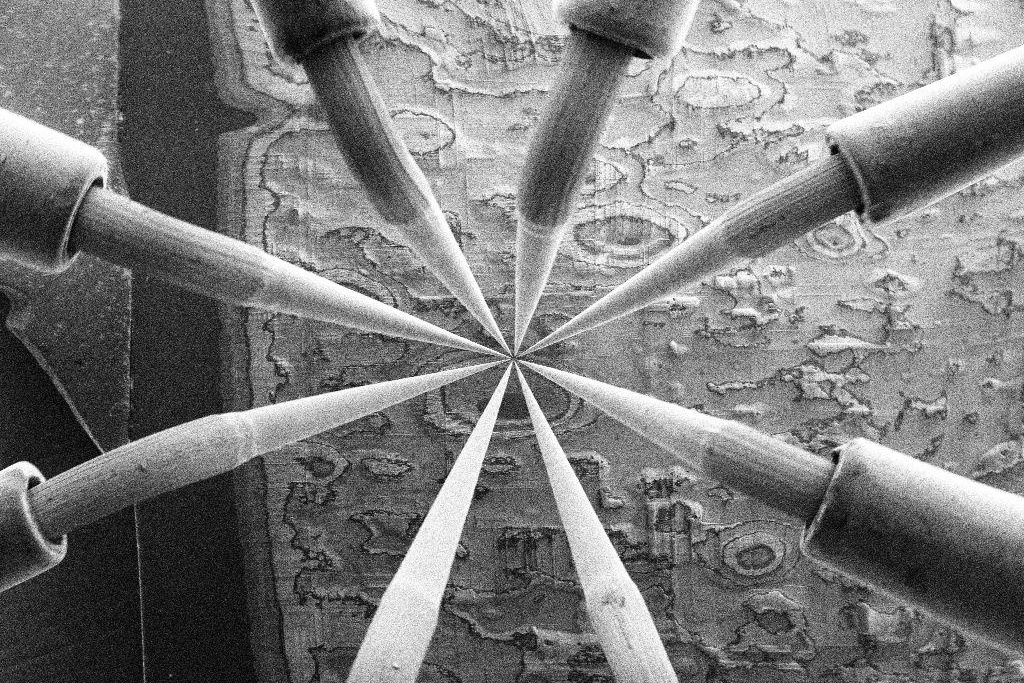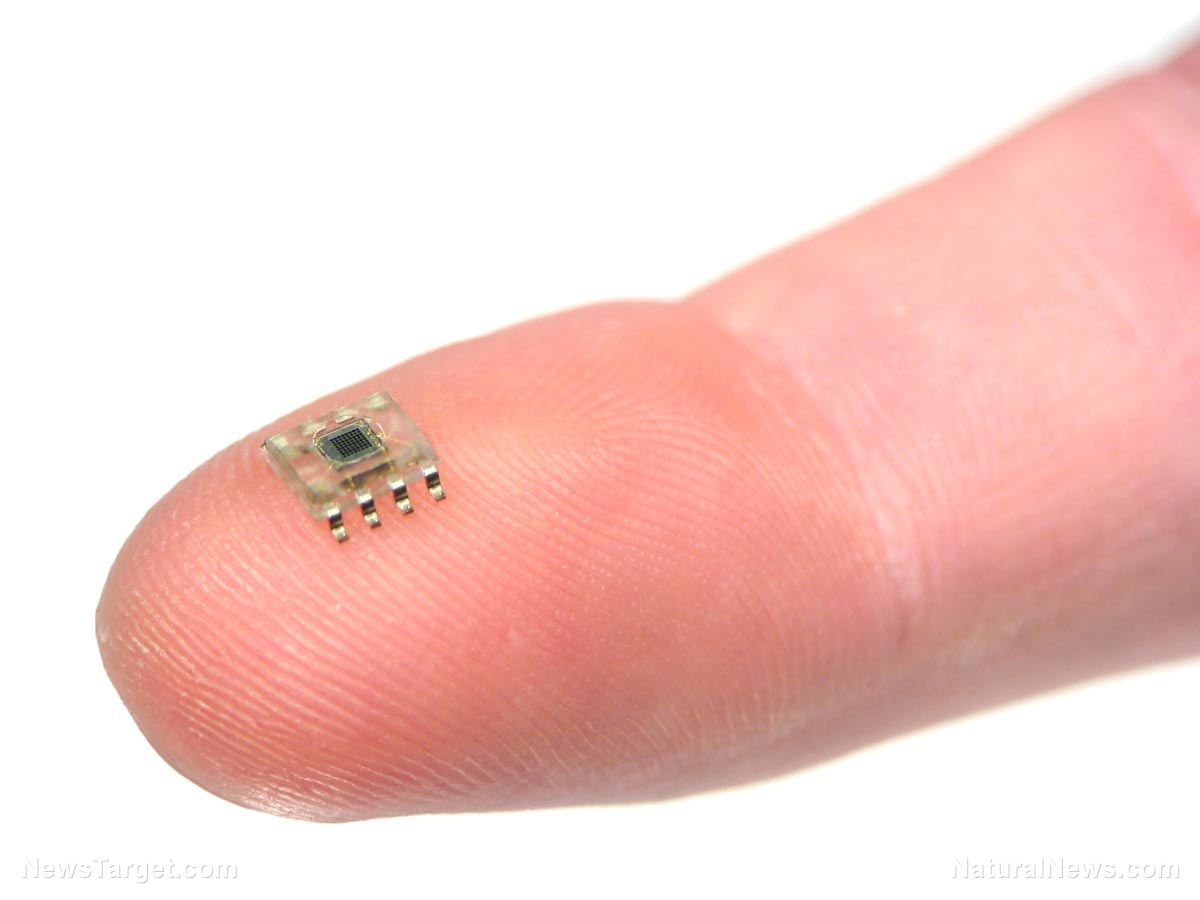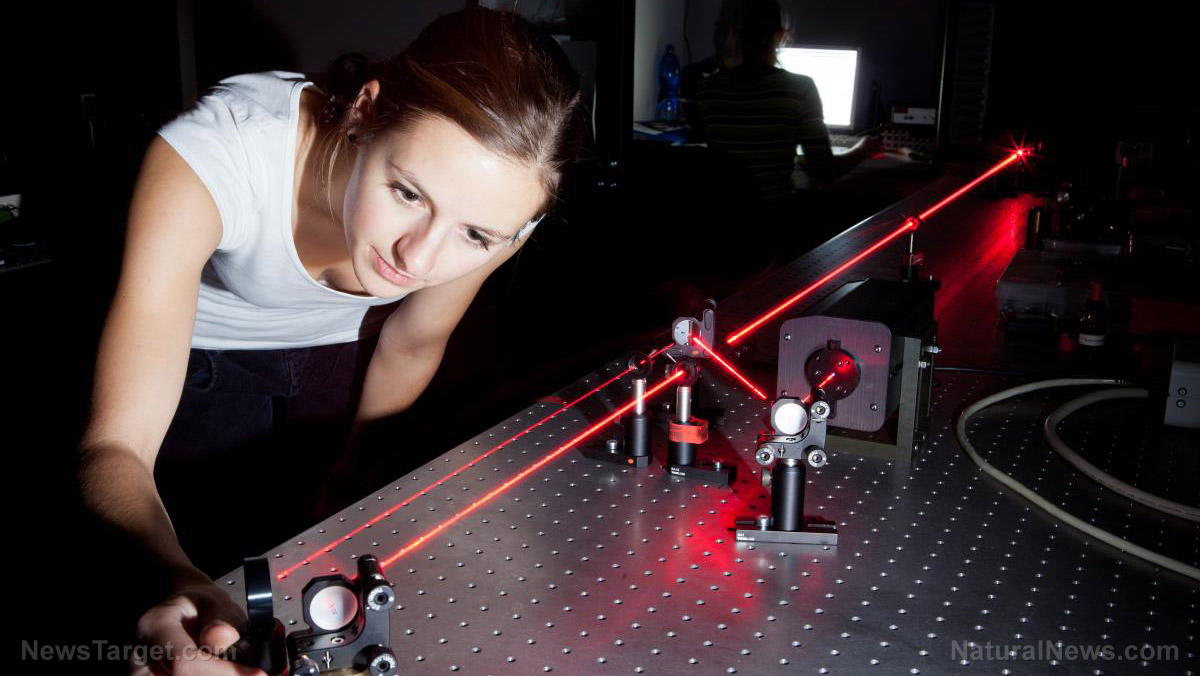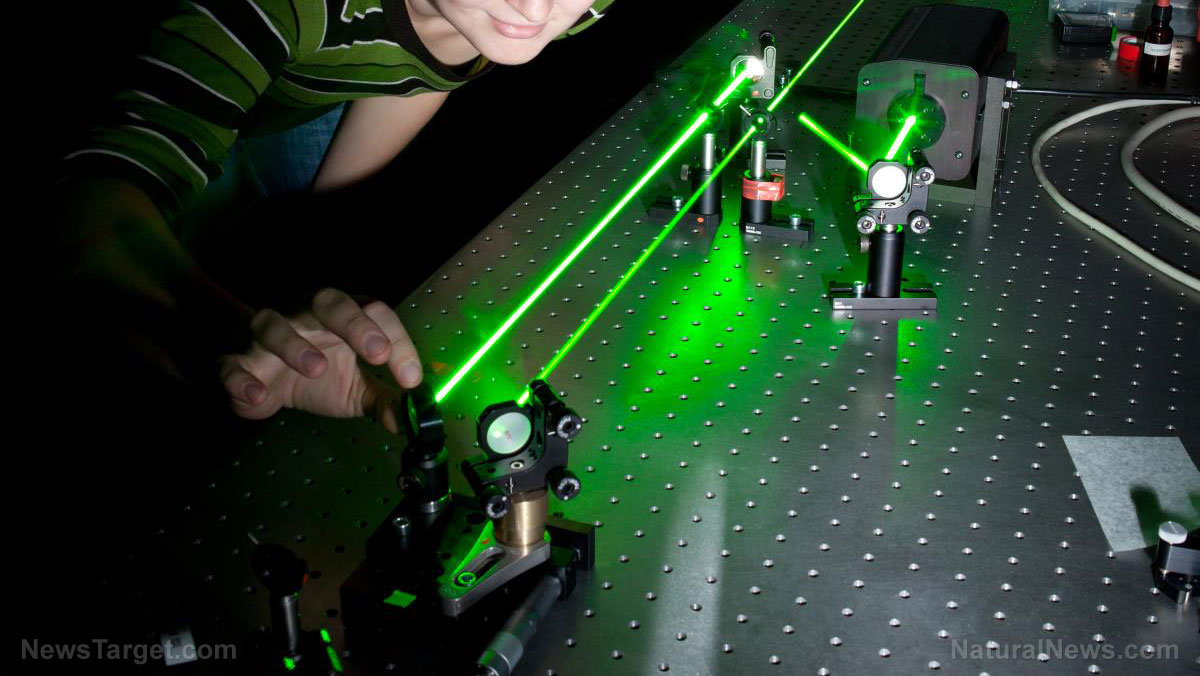Researchers turn levitation into reality
01/19/2019 / By Rhonda Johansson

Get your popcorn out, kids, we’re about to witness some real magic. Researchers at the University of Glasgow have achieved levitation – in that they managed to suspend polystyrene particles in mid-air using nothing but ultrasonic acoustic waves. The technology, once perfected, can revolutionize the way we interact with each other, machines, or any material. Data, for example, can appear as literal physical levitating objects that float towards us in mid-air. There are also aspirations that these objects can be gently manipulated with intuitive gestures, allowing for easier use.
As explained by Stephen Brewster, professor of Human-Computer Interactions at the University: “If I was working on a model of a car, instead of having it of clay, I could have that model created in front of me, with multiple little pixels in space, marking out the surface of the car. For example, I could make gestures to change the way the headlights work.”
Smart devices may also become programmed with this technological breakthrough. Simply tapping a finger in the air could control a music player programmed with a levitating “play” button.
The discovery is still being extensively studied to see how it can be applied in the real world.
Flights of fancy? Not really, say physicists
This is not the first time that scientists have floated the levitation theory. In fact, theoretical physicists at the University of St Andrews were able to levitate tiny objects back in 2007 — but only in theory. The hypothesis was made after scientists agreed that levitation could be the result of reversing the Casimir effect.
Casimir effect, explained simply, is the attractive magnetic force objects have with one another. This is what makes them “stick” together by quantum force. By reversing this phenomenon, scientists believe that objects would — theoretically — be able to levitate.
Working with this theory, Professor Ulf Leonhardt and Dr. Thomas Philbin of the University’s School of Physics & Astronomy began computing for and designing a type of lens that would be able to negate the “dry glue” effect certain molecules have with each other.
At the time they completed their research, both physicists were unable to create an actual technology that could achieve their goal. Nonetheless, they wrote that their theory would have radical implications in the nanotechnology industry. If scientists could find a way to make objects float, by manipulating quantum physics, they could build electrical circuits and mechanical devices that could work together in all sorts of environments without fearing that they would stick together.
Professor Leonhardt explained: “The Casimir force is the ultimate cause of friction in the nano-world, in particular in some microelectromechanical systems.
“Such systems already play an important role – for example tiny mechanical devices which triggers a car airbag to inflate or those which power tiny ‘lab on chip’ devices used for drugs testing or chemical analysis.
“Micro or nano machines could run smoother and with less or no friction at all if one can manipulate the force.”
Engineers at the Massachusetts Institute of Technology were so fascinated by the idea, that they decided to try their hand at levitating an object as well, though they used electromagnetic principles this time. The aptly named “Levitron” was able to suspend an object in mid-air by combining magnetic repulsion, and the gyroscopic effect of a spinning top.
Again, these designs showed themselves to be effective on paper, but researchers were yet to develop a device that could really make something float.
If we are to take the latest study into consideration, the technology that would make an object levitate is still in its infancy stages, but considering how far we’ve come from 2007, who’s to say that we won’t see this science fiction dream become reality soon? (Related: Physicists unravel the process of magnetic flux pumping to advance the development of fusion energy.)
If you want to read more articles on the latest technological advances, head over to Robotics.news.
Sources include:
Tagged Under: acoustic waves, breakthrough, Casimir effect, future science, innovation, levitation, physics, quantum physics, research, technology, theoretical physics



















